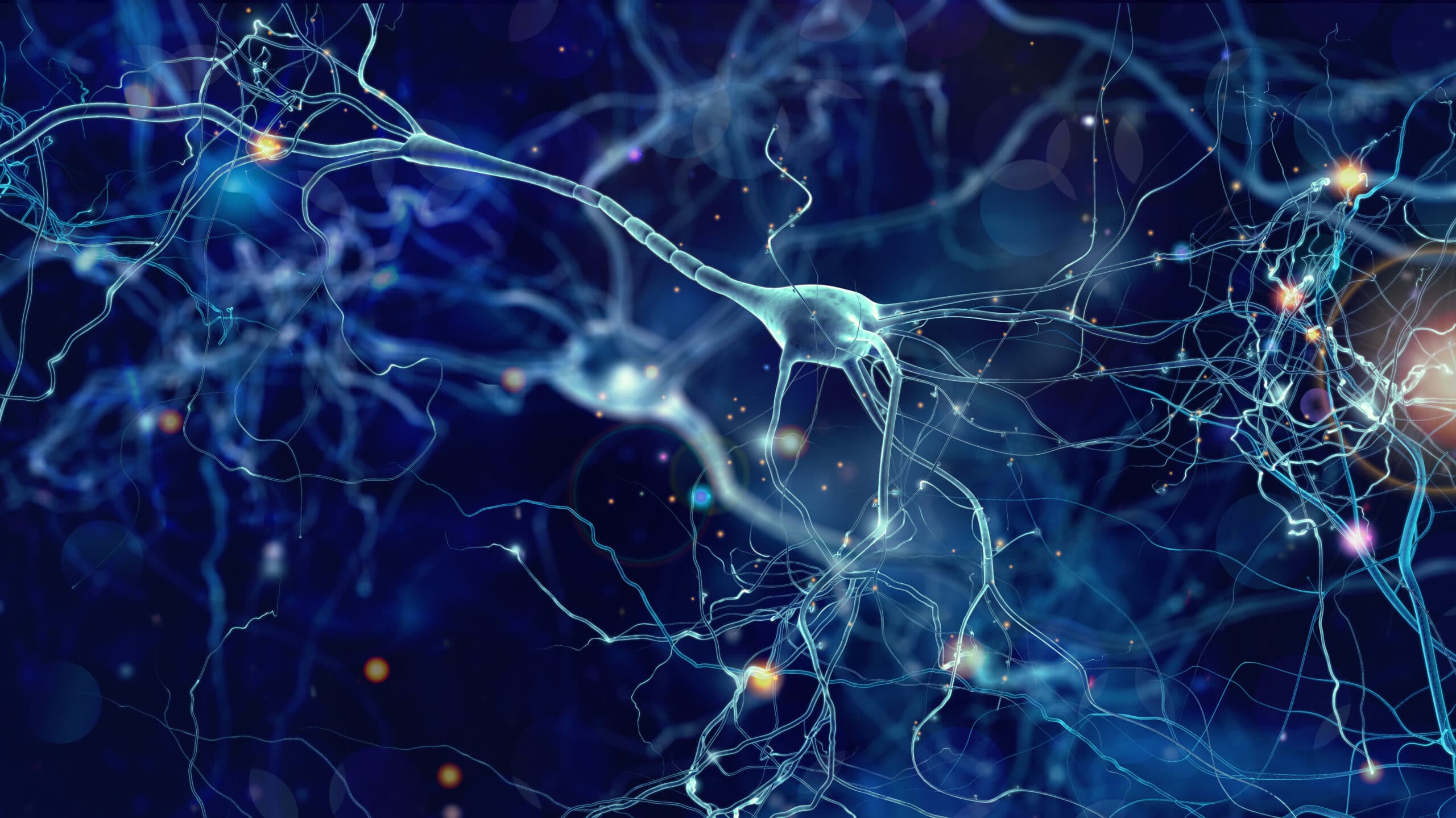In the early years of life children learn an abundance of skills such as rolling, crawling, walking, running, jumping, riding a bike and so many more! We learn these skills through a continuous loop of attempts, feedback, problem solving and adjustments. As Exercise Physiologists we assist children to develop their functional capacity through Neuroplasticity and Motor Learning.
Our brain is like a giant computer with lots of tiny little wires inside. Neuroplasticity is when we add new wires to this computer or we change their path to make the connection work more effectively. What this means is that our brain is “plastic”, we can influence the way our brain works and can adapt to change.
Neuroplasticity is the foundational system for which we learn a new task or movement like rolling, standing and even walking. We create pathways from our brain to our muscles, which then initiates a movement. If we do this movement over and over again it ensures that the new pathway is easy to find again – a bit like walking through long grass. If we do it once the grass will stand back up, but if we keep walking through the grass over and over and over again, eventually there will be a noticeable path for us to follow and it will be easier to get through.
When a brain is injured or grows abnormally, neurons can be damaged, altered or lost causing disability to the individual. The amazing thing though about brains – especially young, developing brains – is that the brain attempts to make new pathways, and allow undamaged areas to take control.
Learning a skill can be tricky but is also influenced by a number of factors including: the child, the environment and the task itself. Exercise is super effective in helping brains with neuroplasticity but there are a few guidelines we need to follow.
Principles of Neuroplasticity
- Use It or Lose It
Think about the grass scenario above that we talked about. Once we create that path in the grass, if we don’t use it regularly, eventually the grass will grow again and our path will either no longer be there or it will be hard to find. More practice = more brain changes.
- Specificity
The type of practice we do influences the changes that are made in the brain. We need to make sure what we are practicing is relatable to what we are trying to achieve.
- Specificity of Timing
Our brains “wires” or neurons, coordinate movements therefore we must also practice in a way that is synchronous.
- Repetition & Intensity
Repetition at a particular intensity is required to drive neural plasticity. Short regular intervals of practice, induce more permanent changes in neural plasticity than the “one off” longer sessions.
- Time
Different forms of plasticity occur at different times during recovery. After an injury, the brain wants to recover, so it makes sense that the earlier you provide the opportunity for recovery through these neuroplastic changes, the better.
- Difficulty
When practising it needs to be at a level that will initiate neural changes. Practising at a level that is too easy means little behavioural demand and little change in behaviour. Similarly practice that is too hard needs large behavioural demand resulting in little change in behaviour
- Salience
The training experience must be sufficiently salient to induce plasticity. This means that it needs to be important to the person learning the task. The more importance results in more attention and increased neural plasticity.
- Age
Training-induced plasticity occurs more readily in younger brains. Younger brains are already more plastic and adaptable to change than older brains, which is important to keep in mind when working with older versus younger patients.
- Transference
Plasticity in response to one training experience can enhance the acquisition of similar behaviours, that is the learning from one skill can be transferred to another
- Interference
Plasticity in response to one training experience can interfere with the acquisition of other behaviours. We need to be careful when trying to learn multiple skills because the learning from one skill can interfere with the learning of another.
References
Shumway-Cook, & Woollacott, M. H. (2012). Motor control : translating research into clinical practice (4th ed.). Wolters Kluwer Health/Lippincott Williams & Wilkins.


Leave A Comment
You must be logged in to post a comment.